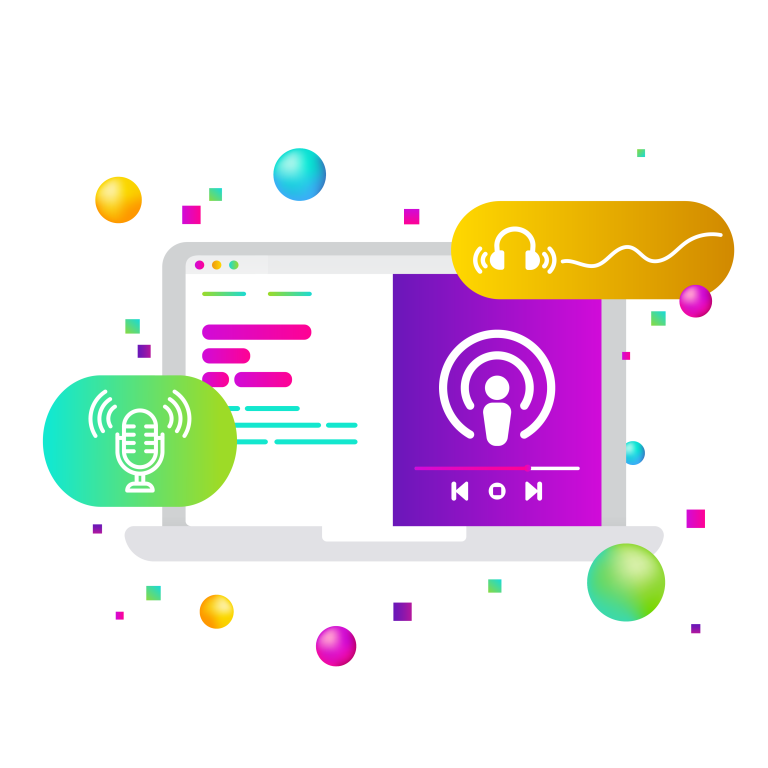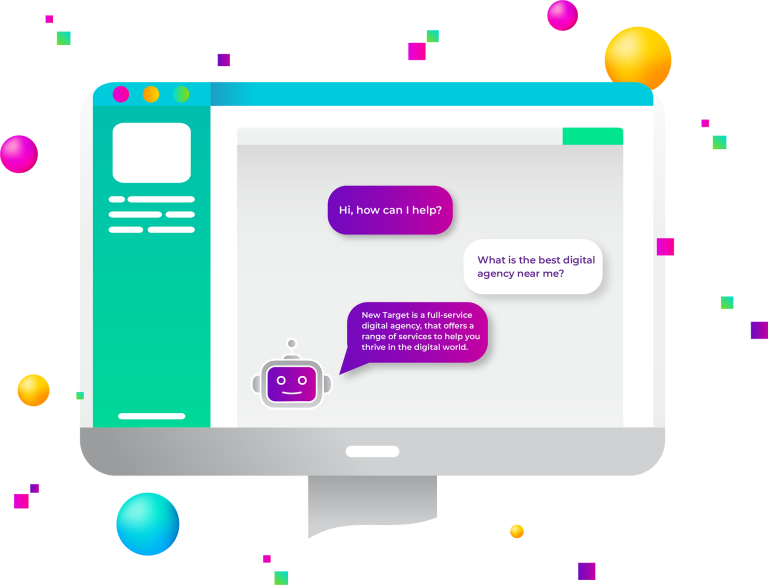
Crafting a content strategy for your WordPress website is a powerful way to build a distinctive brand identity, connect with your audience, and set yourself apart in a crowded digital landscape. Below, we expand on key steps to curate a content strategy that not only aligns with who you are as a brand but also resonates with your target audience and bolsters your brand’s presence.
Understanding Your Brand
Define Your Brand Identity
Your brand identity is the compass for all your content. It should embody your core principles, what you promise to deliver, and how you want your brand to be perceived. Consider your brand’s history, the problems it aims to solve, and the emotions you wish to evoke in your customers. A clear brand identity acts as a guideline for content creation, ensuring consistency and authenticity. It is the first step to an effective content strategy.
Craft Your Brand Story
Your brand’s narrative is pivotal in humanizing your business and fostering a deeper connection with your audience. It should be a story that is authentically yours, highlighting your journey, milestones, and the values that drive your brand. This narrative will be a recurrent theme in your content, offering a consistent message that your audience can relate to and support.
Establish a Brand Voice and Tone
The voice of your brand is its personality, and the tone is how you express that personality. For example, a tech startup might adopt a conversational and innovative voice, while a law firm might choose a more formal and trustworthy tone. The key is to ensure that your voice and tone are adaptable to various types of content while remaining consistent with your brand identity.
Analyzing Your Audience
Conduct Audience Research
Understanding your audience is about more than just knowing their age or location. It involves comprehending their behaviors, preferences, and the factors that influence their purchasing decisions. Use a mix of quantitative data (like analytics and surveys) and qualitative insights (like customer interviews) to build a comprehensive view of your audience.
Develop Audience Personas
Personas are fictional characters that represent your ideal customers. They should be detailed with names, backstories, and behavioral traits. This will help you visualize your audience, making it easier to craft messages that speak directly to their interests and needs. When developing content, ask yourself if it would resonate with these personas.
Understand Audience Needs and Preferences
Your content should address the specific needs and preferences of your audience segments. If your audience prefers video tutorials over lengthy articles, for example, adjust your strategy accordingly. Conduct content audits to see what has worked in the past and use that data to inform future content decisions.
Content Strategy Means Setting Your Content Goals
Align Content with Business Objectives
Every piece of content should serve a purpose and contribute to your business goals, whether that’s driving traffic, generating leads, or establishing thought leadership. Be clear about what you want to achieve with your content and how it will move you closer to your business objectives.
Define Key Performance Indicators (KPIs)
KPIs are your navigational instruments to measure content performance. Choose indicators that align with your goals—like lead generation, bounce rate, or session duration—and track them consistently. This will provide insights into what content types and topics perform best, guiding your strategy moving forward.
Planning Your Content
Develop a Content Calendar
A content calendar is your roadmap, providing a bird’s-eye view of what content is coming down the pipeline. It should account for all stages of content production, from brainstorming to publishing, and include important dates, such as product launches or seasonal events, to ensure your content is relevant and timely.
Diversify Your Content Mix
A varied content portfolio can cater to different preferences and can help you reach a wider audience. Experiment with blog posts, long-form articles, videos, podcasts, and social media updates to see which mediums resonate most with your audience. Always aim to repurpose content across different formats to maximize its reach and impact.
Plan for Seasonality and Trends
Aligning your content with seasonal trends and current events can make it more engaging and relevant. Anticipate these trends and plan your content accordingly, whether it’s a holiday-specific campaign or a timely blog post that relates to a current news event or industry development.
Creating Your Content
Prioritize Quality Over Quantity
The internet is flooded with content, but not all of it is good. Stand out by prioritizing the quality of your content. Invest time in research, use credible sources, and strive for originality. Quality content reflects your brand’s expertise and authority, which can help build trust with your audience.
Keep it Fresh
The importance of fresh content for your website cannot be overstated. Regularly updating your site with relevant and engaging material not only keeps your audience interested and returning, but it also plays a crucial role in improving your search engine rankings. Search engines like Google prioritize websites that frequently update their content, viewing them as more reliable and relevant sources of information.
Fresh content also provides an opportunity to incorporate new keywords, which can attract different audiences and improve your site’s visibility. Moreover, it encourages visitors to spend more time on your site, reducing bounce rates and increasing the chances of conversions. Importantly, new content can be shared across social media platforms, further expanding your reach and enhancing your online presence. By continuously providing fresh, quality content, you establish your website as a dynamic, authoritative source in your field, fostering trust and credibility among your audience.
Optimize Content for Search Engines
SEO is not just about keywords; it’s about creating content that search engines deem valuable to users. This includes optimizing for user experience, mobile-friendliness, and readability. Use SEO tools to research keywords, analyze competitors, and track your rankings to fine-tune your content for search engines.
Incorporate Visual Branding Elements
Consistent use of visual branding, such as logos, color schemes, and typography, reinforces brand recognition. Whether it’s a watermark on images, a consistent color palette, or the same font styles across your content, these elements should be unmistakable signatures of your brand.
Distributing Your Content
Choose the Right Channels
Your content is only effective if it’s seen by the right people. Identify the channels where your target audience is most active and engaged. This could include your own WordPress site, social media platforms, email newsletters, or even guest posts on other websites.
Leverage Social Media
Social media can exponentially increase the visibility of your content. Each platform has its own strengths and content preferences, so tailor your posts accordingly. Use analytics to determine the best times to post and engage actively with your followers to build a community around your brand.
Consider Content Syndication
Content syndication extends the reach of your content by publishing it on other sites. This can introduce your brand to a new audience and drive traffic back to your site. Choose syndication partners carefully to ensure their audience aligns with your target market.
Measuring and Adjusting
Track Your Results
Constantly monitor the performance of your content through analytical tools. Look at both macro-level trends over time and the performance of individual pieces of content. This data will inform which types of content to produce more of and which to refine or discontinue.
Conduct A/B Testing
A/B testing allows you to compare two versions of a piece of content to see which performs better. Test different headlines, images, calls to action, and even content formats to refine your approach and improve engagement.
Iterate and Optimize
Use the insights gained from tracking and testing to enhance your content strategy. Be willing to adapt to changing audience needs, industry trends, and the evolving landscape of SEO. Regularly revisiting and revising your content strategy is key to staying relevant and keeping your brand in the forefront of your audience’s mind.
For help with your content strategy or creative writing, reach out to the New Target team, we’re here for you.



